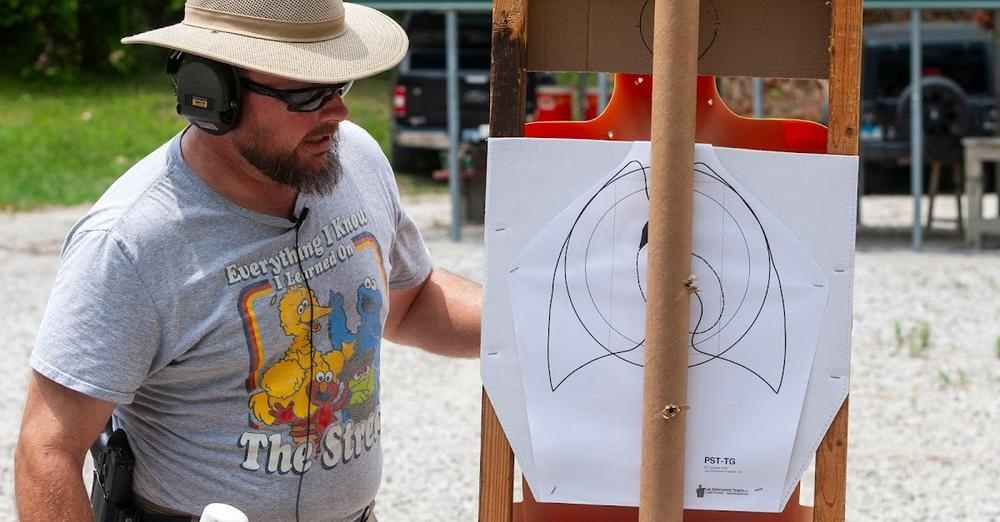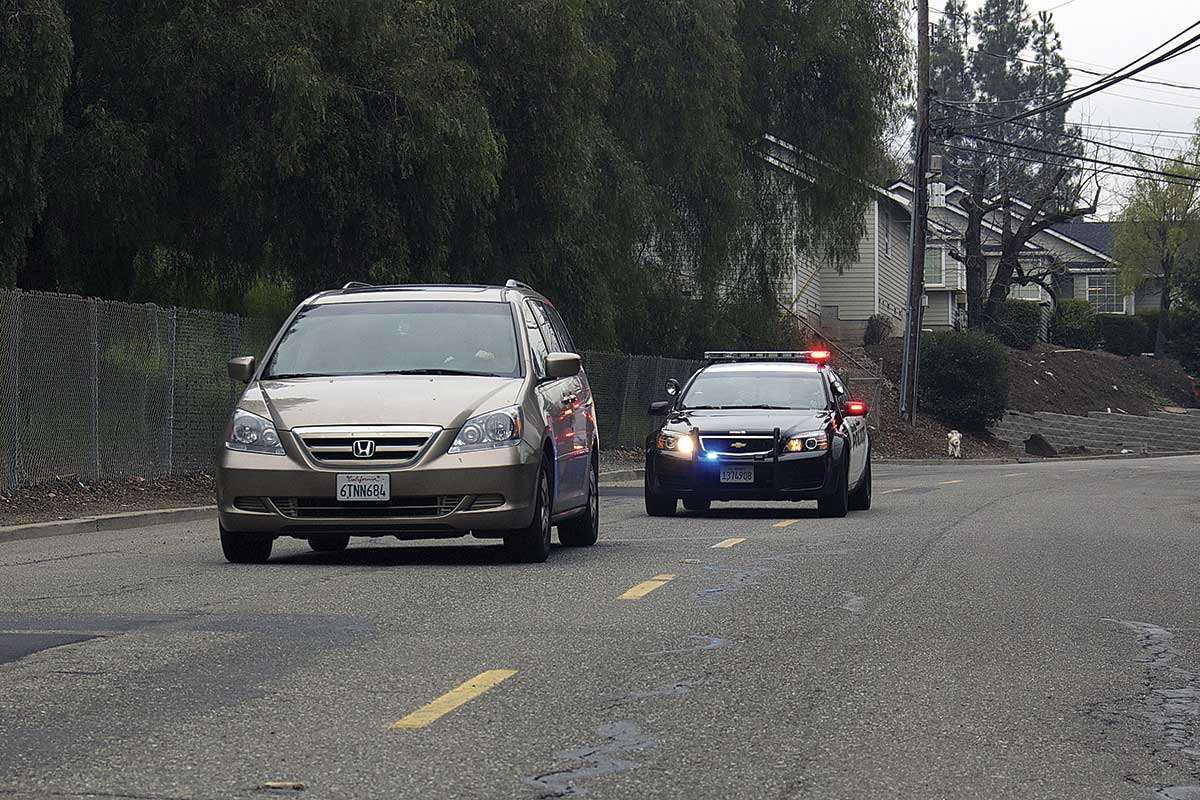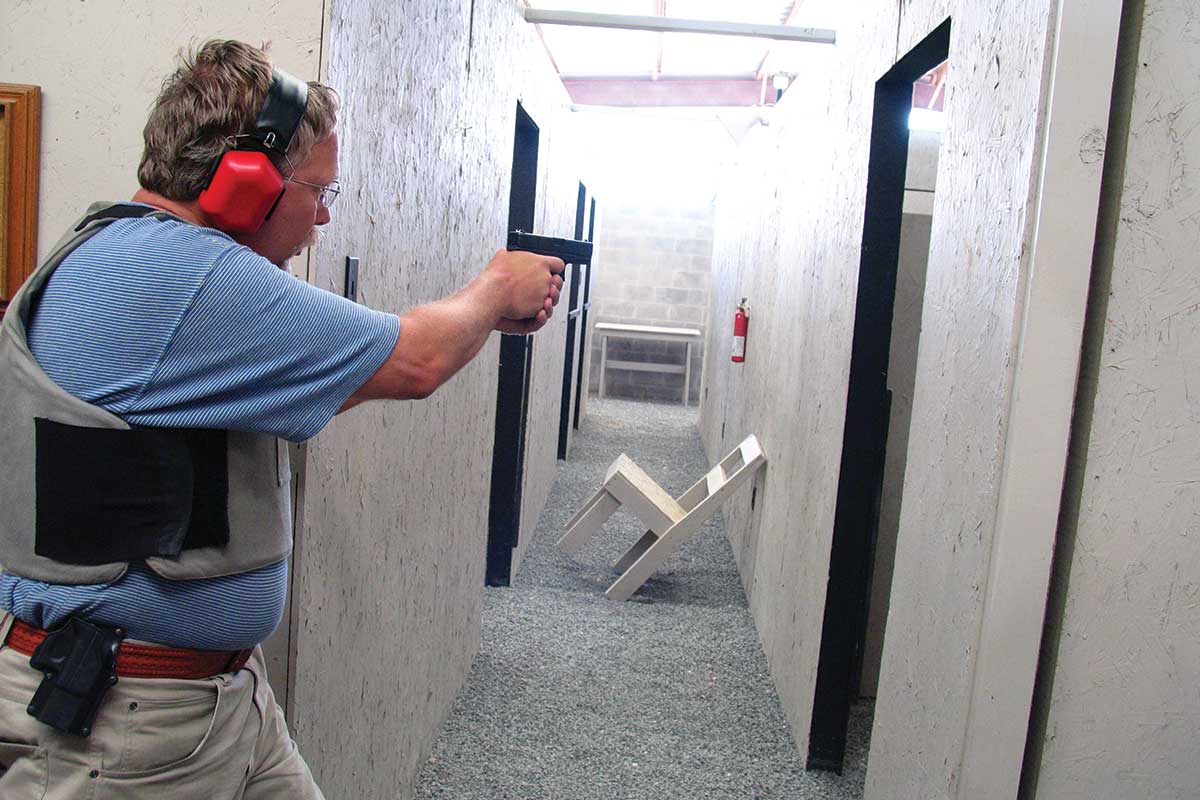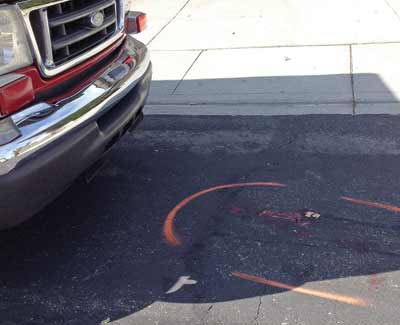
CARS-2
By Jason Hoschouer
According to the National Highway Traffic Safety Administration (NHTSA), the first recorded pedestrian traffic fatality occurred on Sept. 13, 1899. Henry H. Bliss, a 68-year-old real estate broker, was knocked down and run over in New York City. He was taken to a local hospital and later succumbed to his injuries. Since then, NHTSA says over 700,000 pedestrians have been killed in automobile-involved collisions; that’s more than the number of Americans killed in both world wars. On average, a vehicle kills a pedestrian every 101 minutes — and injures one every 8 minutes.
There’s no arguing the lethality of a 2,500-pound vehicle greeting a 175-pound pedestrian at damn near any speed faster than a slow crawl in bumper-to-bumper traffic. Having seen the blatant disregard and obvious lack of sense among the lion’s share of pedestrians, I’m seldom surprised when dispatched to a vehicle vs. ped crash. I’m even less surprised to discover the pedestrian didn’t win the fight.
Many want to argue the alleged “poultry excrement” in the writing of a ticket for jaywalking or crossing against the signal, but they can’t argue with physics. Keeping the frequency of these types of collisions in mind, it behooves us to think about the considerations well before we’re required to be en route.
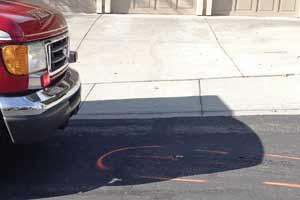
Pedestrian crashes offer unique evidence. At first glance, what may appear to be a tire scuff may actually be scuffing from a shoe, clothing or skin.
Be Curious
Some of the investigatory issues you may encounter include difficulty locating evidence and determining the speeds of both the pedestrian and the vehicle. However, don’t let the mere fact that a pedestrian’s involved throw you off your game. It’s still a collision investigation, and you’ll perform a lot of the same functions as you would in any other crash.
There are some key questions unique to a pedestrian-involved collision, such as: What portion of the vehicle struck the pedestrian? What was the pedestrian doing at the time of the collision (running, walking, lying down, etc.)? What are the pedestrian’s injuries? Knowing this will help determine the direction of travel of both parties — and help you reconstruct the collision.
Other questions you should be asking are: How far was the pedestrian thrown? How fast was the vehicle going? Did either party see the other prior to impact? Where was the pedestrian (inside or outside of a marked/unmarked crosswalk, mid-block, etc.)? What evidence is on the roadway (torn clothing, shoes, scuff marks, blood, etc.)?
In a recent fatal collision we had conflicting statements regarding the actions of a pedestrian prior to the collision. What we thought was a very reliable witness was proven unreliable because of blood evidence found on the roadway and the pedestrian’s injuries. The witness said the pedestrian was crossing southbound and was struck by an eastbound vehicle; therefore, we’d expect the pedestrian to have injuries on the lower portion of his right leg. However, the pedestrian sustained a broken lower left leg. Using his injuries, damage to the vehicle and blood evidence on the roadway, we were able to reconstruct the collision. When it comes down to it, I’ll take evidence over witness statements any day.

Deciphering what’s what and using very basic equations can help you determine fault. Vehicle vs. pedestrian collisions aren’t as daunting as you think.
Time/Distance
Another consideration in veh/ped crashes is time/distance and perception/reaction. The industry standard for perception/reaction time is 1.5 seconds, meaning it takes the average person 0.75 seconds to perceive and 0.75 seconds to react to stimulus. For the sake of argument, let’s say a vehicle is traveling at a constant 30 mph, which converts to 44.01 feet per second (fps). In 1.5 seconds, the vehicle will travel 66.02′. Now imagine the pace of a very fast walk is 5 mph (7.33 fps), a pedestrian will travel about 10.99′ in 1.5 seconds.
If a driver says, “I wasn’t speeding, the pedestrian came out of nowhere!” you should be able to work backwards from the area of impact using some basic math to see if the driver’s story passes the smell test. Using the numbers above we can establish the minimum distances at which each party was located prior to a crash. For simplicity we’ll make our hypothetical crash occur in a 30 mph speed zone. So, the driver would have been at least 66′ and the pedestrian 11′ back from the impact. Start asking questions.
What could either of them see — what was their line of sight? Is there evidence on the roadway or do the ped’s injuries correspond to the speed? Remember, physics and mathematics don’t have the capacity to lie. If the driver says he was only going 30 mph, but the pedestrian landed 127′ away, something stinks. Get your statements, confirm them and lock them down. The science will take a while to reconstruct what actually happened, but getting statements will help you to either corroborate or dismiss their value. Until then, continue to pray the traffic unit is clear. Bring us coffee and there’s very little we won’t do for you.











